Advances in brain-computer interfaces enable paralysed users to feel objects in a realistic way via a robotic limb.
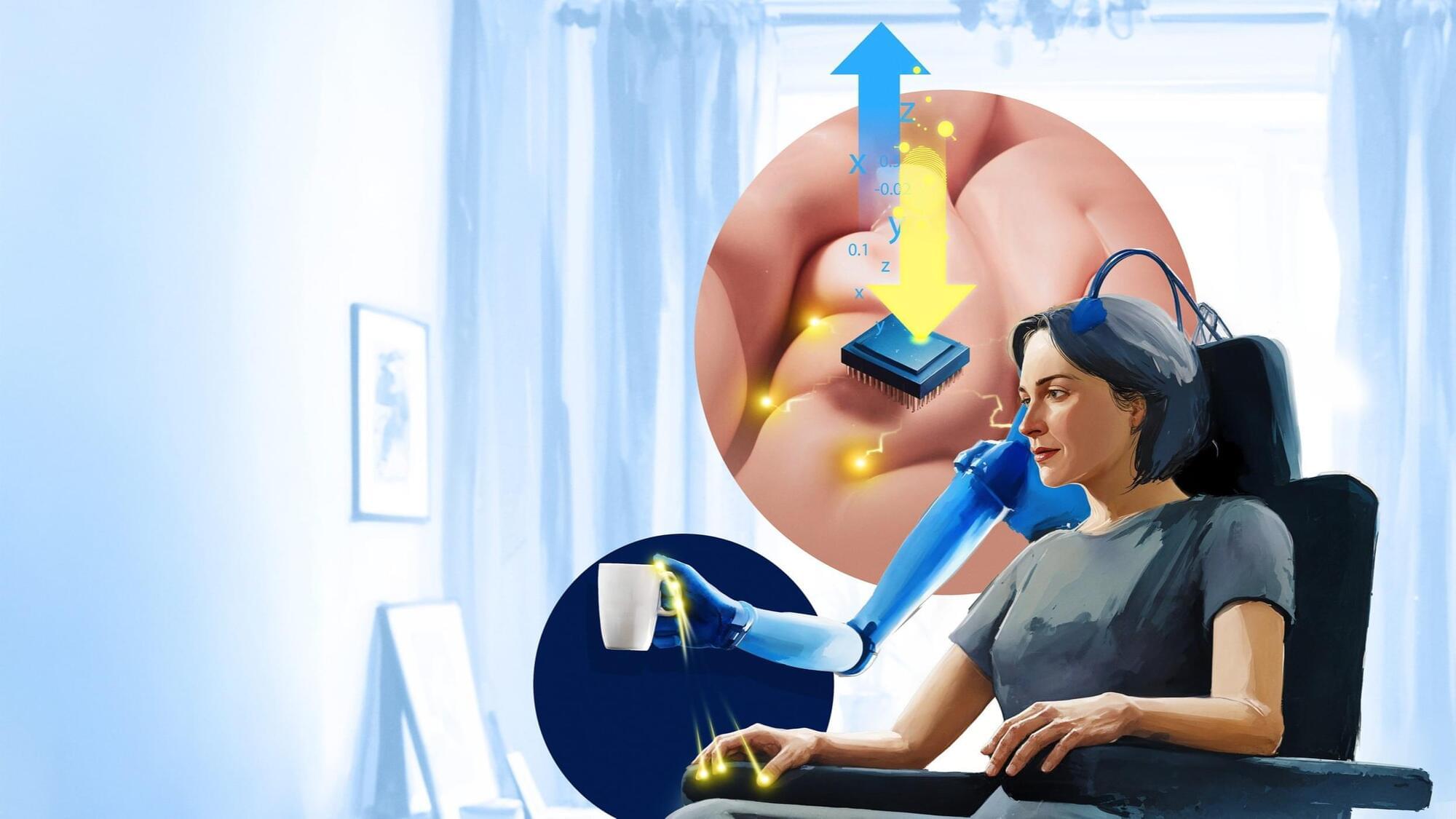

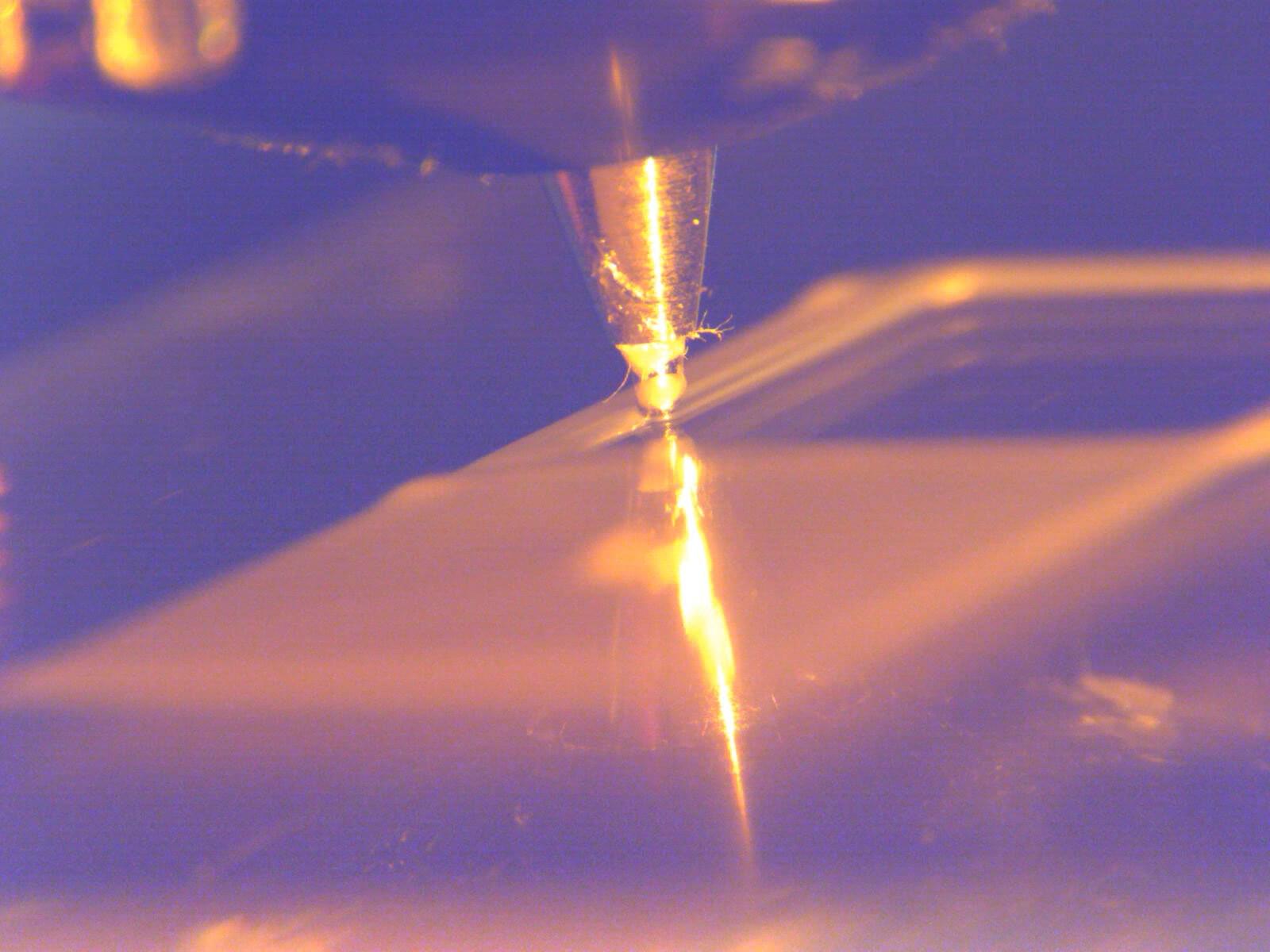
A class of synthetic soft materials called liquid crystal elastomers (LCEs) can change shape in response to heat, similar to how muscles contract and relax in response to signals from the nervous system. 3D printing these materials opens new avenues to applications, ranging from soft robots and prosthetics to compression textiles.
Controlling the material’s properties requires squeezing this elastomer-forming ink through the nozzle of a 3D printer, which induces changes to the ink’s internal structure and aligns rigid building blocks known as mesogens at the molecular scale. However, achieving specific, targeted alignment, and resulting properties, in these shape-morphing materials has required extensive trial and error to fully optimize printing conditions. Until now.
In a new study, researchers at the Harvard John A. Paulson School of Engineering and Applied Sciences (SEAS), Princeton University, Lawrence Livermore National Laboratory, and Brookhaven National Laboratory worked together to write a playbook for printing liquid crystal elastomers with predictable, controllable alignment, and hence properties, every time.
Biopunk androids replicants.
What happens when humans begin combining biology with technology, harnessing the power to recode life itself.
What does the future of biotechnology and genetic engineering look like? How will humans program biology to create organ farm technology and bio-robots. And what happens when companies begin investing in advanced bio-printing, artificial wombs, and cybernetic prosthetic limbs.
Other topic include: bioengineered food and farming, bio-printing in space, new age living bioarchitecture (eco concrete inspired by coral reefs), bioengineered bioluminescence, cyberpunks and biopunks who experiment underground — creating new age food and pets, the future of bionics, corporations owning bionic limbs, the multi-trillion dollar industry of bio-robots, and bioengineered humans with super powers (Neo-Humans).
As well as the future of biomedical engineering, biochemistry, and biodiversity.
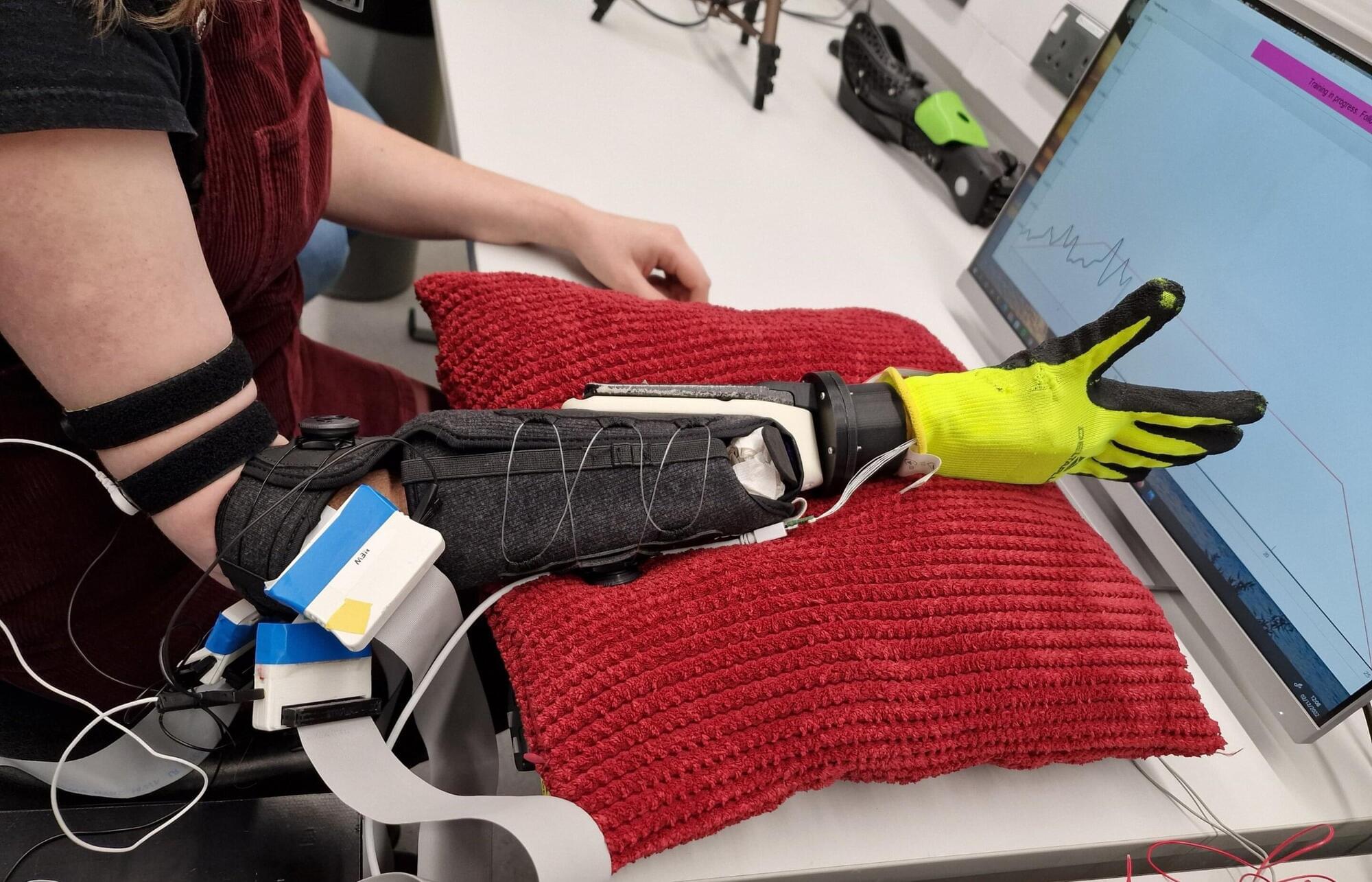
Researchers are paving the way for the design of bionic limbs that feel natural to users. They demonstrate the connection between hand movement patterns and motoneuron control patterns. The study, published in Science Robotics, also reports the application of these findings to a soft prosthetic hand, which was successfully tested by individuals with physical impairments.
The research study sees the collaboration of two research teams, one at Istituto Italiano di Tecnologia (Italian Institute of Technology) in Genova, Italy, led by Antonio Bicchi, and Imperial College London, UK led by Dario Farina. It is the outcome of the project “Natural BionicS” whose goal is to move beyond the model of current prosthetic limbs, which are often abandoned by patients because they do not respond in a “natural” way to their movement and control needs.
For the central nervous system to recognize the bionic limb as “natural,” it is essential for the prosthesis to interact with the environment in the same way a real limb would. For this reason, researchers believe that the prostheses should be designed based on the theory of sensorimotor synergies and soft robotics technologies, first proposed by Antonio Bicchi’s group at IIT, such as the Soft-Hand robotic hand.
Recent technological advances have opened new possibilities for the development of assistive and medical tools, including prosthetic limbs. While these limbs used to be hard objects with the same shape as limbs, prosthetics are now softer and look more realistic, with some also integrating robotic components that considerably broaden their functions.
Despite these developments, most commercially available robotic limbs cannot be easily and intuitively controlled by users. This significantly limits their effectiveness and the extent to which they can improve people’s quality of life.
Researchers at the Italian Institute of Technology (IIT) and Imperial College London recently developed a new soft prosthetic hand that could be easier for users to control. This system, presented in a Science Robotics paper, leverages a new control approach that integrates the coordination patterns of multiple fingers (i.e., postural synergies) with the decoding of the activity of motoneurons in people’s spinal column.
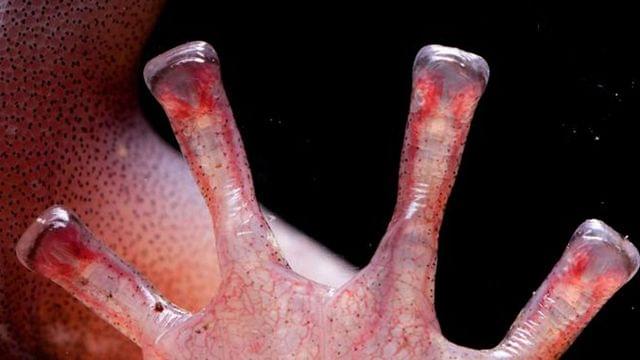
Wandering salamanders are known for gliding high through the canopies of coastal redwood forests, but how the small amphibians stick their landing and take-off with ease remains something of a mystery.
A new study in the Journal of Morphology reveals the answer may have a lot to do with a surprising mechanism: blood-powered toes. The Washington State University-led research team discovered that wandering salamanders (Aneides vagrans) can rapidly fill, trap and drain the blood in their toe tips to optimize attachment, detachment and general locomotion through their arboreal environment.
The research not only uncovers a previously unknown physiological mechanism in salamanders but also has implications for bioinspired designed. Insights into salamander toe mechanics could ultimately inform the development of adhesives, prosthetics, and even robotic appendages.
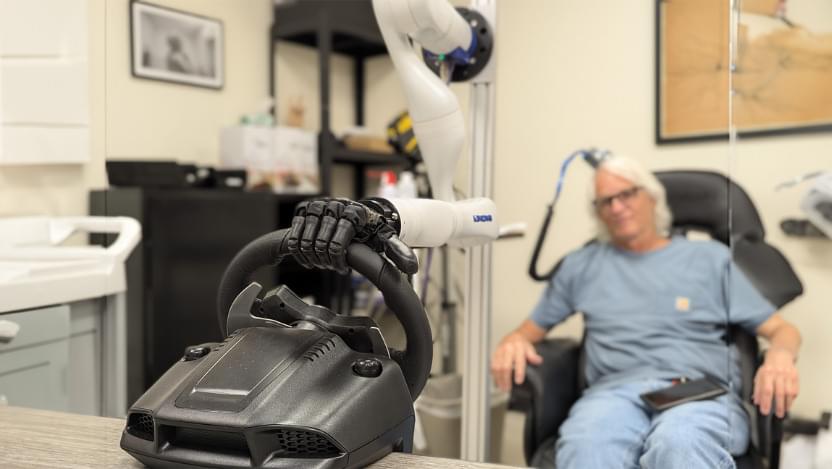
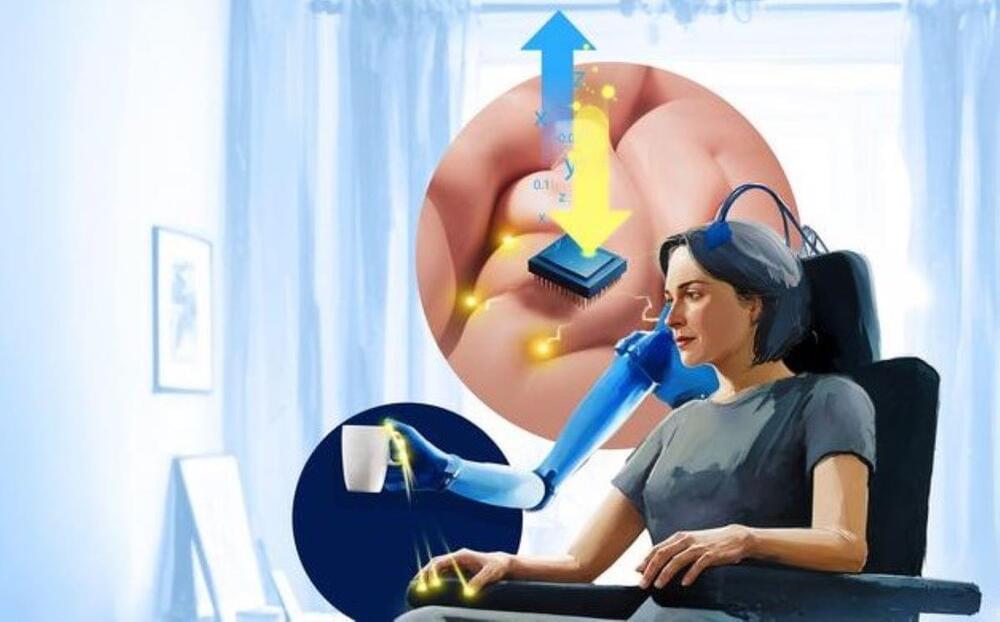
Groundbreaking research uses brain stimulation to restore touch in prosthetics. Precise, stable sensations bring natural-like feedback closer, improving motor control and quality of life.
Summary: Researchers are making strides in restoring touch sensations to prosthetic limbs through brain stimulation. By using electrodes in the brain’s touch center, they can evoke stable, precise sensations, even allowing users to feel the shape and motion of objects.
This breakthrough could enable prosthetic users to perform tasks requiring fine motor control with confidence. Long-term tests show consistent sensation locations, critical for real-world usability.
Advanced stimulation patterns further enhance the tactile experience, mimicking natural touch. These innovations mark significant progress toward neuroprosthetics that improve quality of life for people with limb loss or sensory impairments.
Second, Synchron will explore the development of a groundbreaking foundation model for brain inference. By processing Synchron’s neural data on an unprecedented scale, this initiative will create scalable, interpretable brain-language models with the potential to transform neuroprosthetics, cognitive expression, and seamless interaction with digital devices.
“Synchron’s vision is to scale neurotechnology to empower humans to connect to the world, and the NVIDIA Holoscan platform provides the ideal foundation,” said Tom Oxley, M.D., Ph.D., CEO & Founder, Synchron. “Through this work, we’re setting a new benchmark for what BCIs can achieve.”
NEW YORK—(BUSINESS WIRE)— Synchron, a category-defining brain-computer interface (BCI) company, announced today a step forward in implantable BCI technology to drive the future of neurotechnology. Synchron’s BCI technology, in combination with the NVIDIA Holoscan platform, is poised to redefine the possibilities of real-time neural interaction and intelligent edge processing.
Synchron will leverage NVIDIA Holoscan to advance a next-generation implantable BCI in two key domains. First, Synchron will enhance real-time edge AI capabilities for on-device neural processing, improving signal processing and multi-AI inference technology. This will reduce system latency, bolster privacy, and provide users with a more responsive and intuitive BCI experience. NVIDIA Holoscan provides Synchron with: (i) a unified framework supporting diverse AI models and data modalities; (ii) an optimized application framework, from seamless sensor I/O integration, GPU-direct data ingestion, to accelerated computing and real-time AI.

A research team from Yokohama National University has developed a novel approach to investigate how the orientation and behavior of electrons in titanium affect its physical properties. Their findings, published in Communications Physics on December 18, 2024, offer valuable insights that could lead to the creation of more advanced and efficient titanium alloys.
Titanium is highly prized for its exceptional resistance to chemical corrosion, lightweight nature, and impressive strength-to-weight ratio. Its biocompatibility makes it an ideal material for medical applications such as implants, prosthetics, and artificial bones, while its strength and durability make it indispensable in aerospace engineering and precision manufacturing.